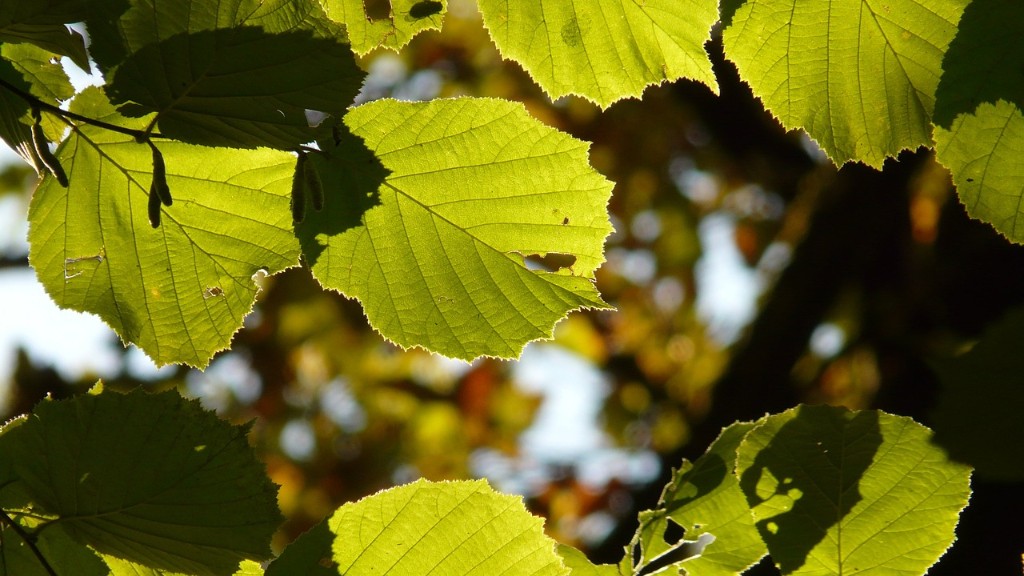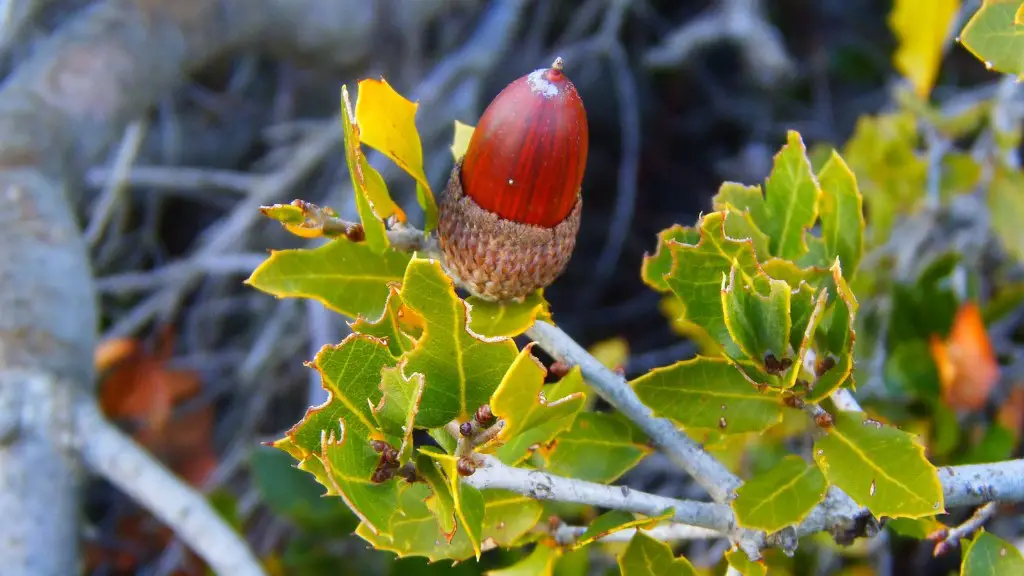Lemon trees have been grown for centuries, and many types of them are available in different parts of the world. With proper care, their height can range from six to twenty-five feet, depending on the variety and how the tree is cultivated. Here, we’ll discuss what can influence how tall a lemon tree can grow, as well as different techniques to maximize its growth potential.
How tall a lemon tree grows is largely due to the space and environment in which it’s planted. If it’s grown in a pot, there will be natural limitations on how tall it can get. When planted in the ground or a larger container, however, the tree can usually reach its full potential. There are various types of lemon trees, and some may be wider or taller than others. To achieve the highest height, pruning, soil fertility, and regular watering are all important factors.
Pruning is a useful tool for keeping a lemon tree’s size manageable and helps to shape the branches. The practice also helps promote healthy flowers and fruits, as well as prevents overcrowding. Removing dead and diseased branches is also important as it makes way for new growth. To prune correctly, you should use shears and cut the stem, leaving two inches after the cut.
Fertilizing the soil and maintaining its pH level is another requirement for healthy lemon trees. During the spring and summer months, they should be given additional nutrients to ensure they continue growing well. The best way to check the soil pH is to use a soil testing kit. Once you have the readings, you can provide the right type of fertilizer.
Finally, lemon trees need a sufficient amount of water in order for them to grow tall and strong. Irrigation is essential for lemon trees, as it maintains good soil structure and encourages deep root growth. Regularly check the soil for moisture, as well as ensuring the area around the tree is free from obstructions. Additionally, a layer of mulch can help retain moisture levels.
Growth Regulation
Growth regulators are often used to minimize the size of a lemon tree, even if it’s already mature. The use of these substances slows growth and affects the height, as well as the length of internodes. This is an advanced method, and you should exercise caution when using them. It’s also not recommended to use these in extreme cases, as they can leave the lemon tree with a less than desirable shape.
Overall, the growth of a lemon tree is significantly influenced by its environment, and proper care should be taken to ensure it meets its maximum potential. Pruning, soil fertility, and water are all important factors for ensuring a healthy, tall lemon tree. Additionally, growth-regulating substances can be used to reduce a mature tree’s size, but should be done with caution.
Winter Care
Winter care is important to ensure that a lemon tree survives the colder months. In areas that experience frost and snow, it’s important to protect the tree from these elements. Cloth, plastic sheeting, or burlap can be used to wrap and protect the branches, while mulch can be used to provide insulation.
While the tree is protected, it’s important to check the soil regularly, as the roots must be hydrated despite the cold. Supplementing irrigation with water-soluble fertilizer will also help keep the tree healthy. Additionally, dormant pruning can be done during the winter months to reduce or reshape the lemon tree’s structure.
Summer Care
The summer months can be an especially busy time for lemon tree owners. This is due to the fact that new flowers and fruits form this time, and any mistakes or vulnerabilities made during the warmer months can lead to an underperforming crop. The soil should be checked frequently for the correct pH and fertility level, as well as mulch being added to maintain a suitable level of moisture. Regular watering and leaf pruning are also important.
Lemon trees also tend to be vulnerable to pests, such as aphids and thrips. To protect them, you can use specific chemical treatments or homemade recipes. Neem oil and insecticidal soaps are some of the homemade recipes that can be used. Additionally, copper plates and screens can be used to protect the tree from birds and squirrels.
Fruit Harvest
When the fruits are ready to be harvested, carefully inspected each one and only remove those that look ripe. Lemons should be picked with a pair of scissors or carefully cut with a knife. After harvesting each fruit, be sure to put them in a bowl or other suitable container, as direct sunlight and heat can have a negative impact on them.
Soft fruits need to be stored in the refrigerator, as they’ll retain their freshness more effectively. Harder fruits shouldn’t be refrigerated and can be used for juice or jams. Additionally, they can be left on the lemon tree until they’re needed, as the tree itself should place some sort of protection from the sun and other harmful elements.
Pruning the Lemon Tree
Pruning is important for encouraging new growth on a lemon tree, and should be done on a regular basis. To get the best results, you should use pruning shears and a pair of gloves, as this reduces the risk of any potential injury or trauma to the tree. Additionally, it’s important to remove dead or diseased branches as soon as possible, to make way for healthy new growth.
More extreme pruning methods can be used to reduce the height of a lemon tree significantly. This includes cutting the central stem to a desired height and trimming the sides to shape the tree. Before engaging in this type of pruning, it’s important to check with an expert to get a better idea of how to go about it.
Disease Prevention
A variety of diseases can affect a lemon tree, and proper care is important to ensure that it stays healthy. The most common problem is known as root rot, and it affects the nutrients a tree can absorb from the soil. This is usually due to the soil being overly wet, or the root system not being given enough oxygen. To prevent root rot, make sure there are adequate drainage holes in the pot, and the soil must be tested for enriched nutrients.
To prevent any other diseases, you must regularly apply a fungicide spray, as well as a contact insecticide. These treatments should be done about twice a year, as it will help prevent any potential pests or fungus from infesting the tree. Additionally, avoid any excess fertilizer or water, and take the proper steps during the winter to ensure that the tree survives.




